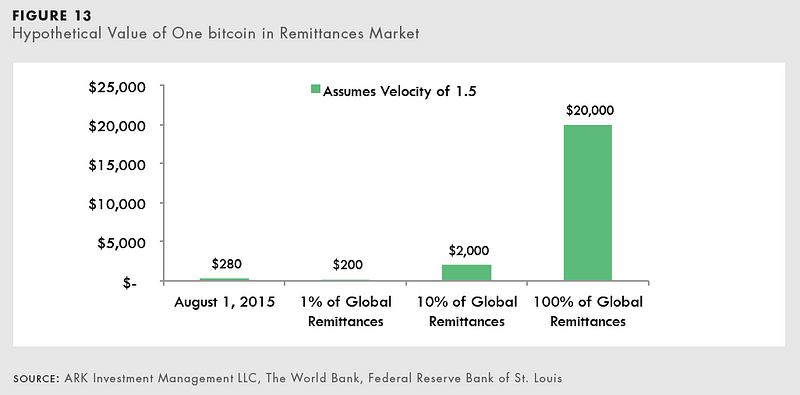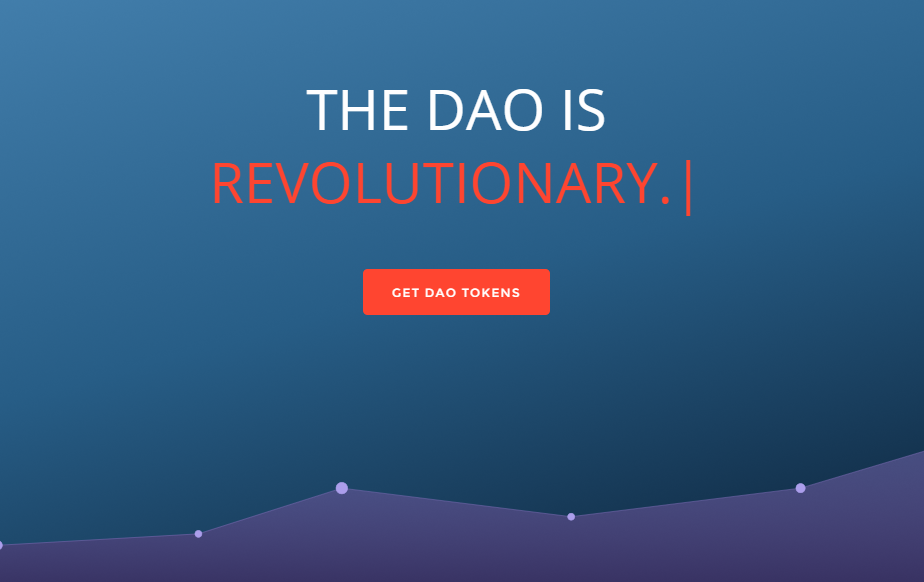The canton of Zug is a region of Switzerland that’s become known as “Crypto Valley” – a moniker allegedly coined (pun intended) by Ethereum co-founder Mihai Alisie. The Ethereum Foundation is headquartered in Zug, along with many other fintech enterprises. There are plenty of reasons that so many startups and tech companies are drawn to the city, and they’re quite deliberate.
Zug is continually working to live up to its name as the Crypto Valley. It’s not just startup companies looking to make things easier on themselves, but the entire Zug ecosystem promotes innovation and provides opportunities that other cities and countries lack.
Crypto Valley Zug As Silicon Valley 2.0
Zug has long attracted companies to its lakeside shores to enjoy one of the lowest tax rates in Switzerland. Zug’s allure is more than just the government’s minimal invasion of corporate coffers. There is a complex web of interconnected entities, all advocating innovation.
Zug’s startup enterprises, fintech incubation firms, and governmental authorities all seem to have open lines of communication; regularly collaborating with the mutual goal of fostering the economic expansion of Zug by supporting the growth of startup companies.
Zug Accepts Bitcoin Payments
In July 2016, the city of Zug (the capitol of the canton of Zug) started accepting bitcoin as payment for city fees. The city council allows bitcoin payments up to 200 Swiss francs (~$200 USD). As bitcoin is still relatively new, Zug immediately converts all bitcoin payments into Swiss fiat currency to minimize risk. The project was reevaluated at the end of last year, and the city council decided to extend its program of accepting bitcoin. Dolfi Müller, Zug’s mayor, released a statement, which, as translated by Google Translate, reads:
„It was an important experience for us to install and test the technology for bitcoin payments. We were able to [send a message to] Fin-Tech [companies] in Zug and express that they are welcome here.”
In the same release, the city council goes on to announce its plans to continue promoting digitization (regarding integrating emerging technologies into existing systems) and mentioned its interest in an “e-government.”
Regulatory Oversight
One of the most essential supporters of fintech startups in Zug is the Swiss Financial Market Supervisory Authority (FINMA). As a regulatory authority, FINMA could easily promote or obstruct the growth of businesses working with emerging financial technology, like blockchain-based distributed ledgers.
Switzerland’s Federal Council, the country’s head executive office, called for an easing of regulatory frameworks regarding financial technology at a November 2, 2016 meeting, in order to reduce barriers to market entry for fintech companies.
As part of the Swiss government’s pro-innovation push, FINMA defined its strategic goals for 2017-2020, setting its priorities on proper business conduct, and approaching supervision and regulation in a way that should encourage emerging technologies. In laying out its goals, FINMA stated:
“The long-term success of Switzerland’s financial centre depends largely on its ability to innovate. FINMA is therefore adopting a more pro-innovation approach to regulation and supervision and will push for the removal of unnecessary regulatory obstacles for innovative business models.”
Funding Opportunities
Outside of government authorities, there are several fintech incubation firms helping to nurture startups, such as the non-profit organization Swiss Finance Startups (SFS). Founded in May 2014, SFS seeks to “create synergies, join forces and to drive innovation, inspiration and change in the world’s financial epicenter.” SFS is quite prolific, listing 192 member startups on its website. It aims to remain at the forefront of digitizing the finance industry, as suggested by its mission statement, which reads:
“The future of Switzerland is to a large [extent] relying on a successful financial sector. Fintech is the future of the financial sector: Fintech is the future of Switzerland! And startups are the backbone of digitization and fintech innovation. Therefore, it is our mission to define a startup friendly environment in Switzerland that is based on collaboration and a strong network and gives young entrepreneurs the support and the freedom to be creative, courageous and [successful.]”
A similar non-profit entity, the Swiss Finance + Technology Association (Swiss FinteCH), works with fintech startups, providing support through its mentoring program. Swiss FinteCH regularly coordinates meetups and events, and organizes international outreach to fellow fintech hubs. Most interestingly, it has a regulatory advisory board, which provides strategic advice and suggestions to governmental authorities and other relevant stakeholders. The roles and responsibilities of the advisory board members are, in part, as follows:
• Main source of contact for regulators and policy makers
• Provide expertise and knowledge on urgent regulatory related matters
• Provide unbiased insights (we represent the ecosystem) and ideas from a third point-of-view encourage and support the exploration of new ideas (sandbox)
• Provide regular formal output to counsel governmental bodies
It even offers a map of “current [organizations], startups, corporations, associations and bodies involved in the Swiss FinTech ecosystem,” available on its website.
The Future Of Zug And Switzerland
Switzerland has long been a global financial center. It wouldn’t be surprising if it became the central hub of virtual currencies, as it is working to become the breeding ground for fintech innovation.
As long as regulations continue to be pro-innovation and as long as startups continue to work together, Zug should remain a hotbed for disruptive technologies. For blockchain technology to see widespread adoption, it will have to show the world all the benefits it brings. The best way to do that is to actually integrate blockchain-based solutions into existing industries and economies. Zug stands to be that proving ground.
Will virtual currency become “money 2.0?” In Zug, the answer may not yet be a resounding “yes,” but it’s a safe bet that Zug might answer, “We’re working on it.”










